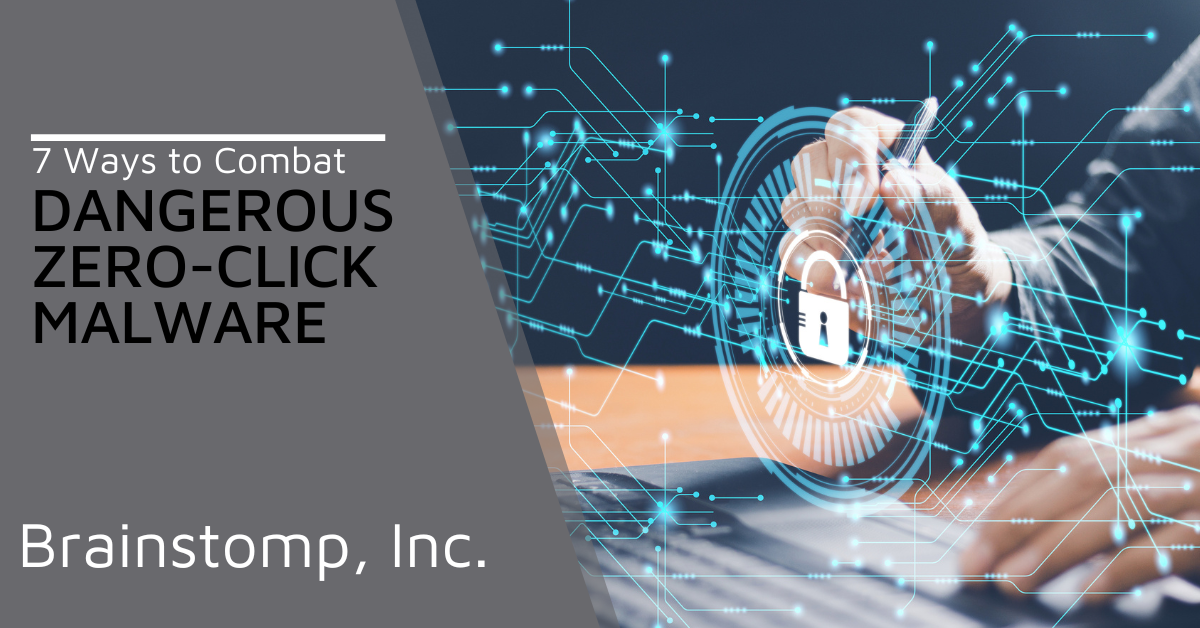Have You Seen These Unicode Tricks? Start Exercising Caution with Email Links
/In today's digital landscape, email has become an integral part of our daily communication. However, with the ever-increasing sophistication of cybercriminals, it is crucial to stay alert and informed about the latest risks and tactics they employ.
One such technique that is gaining prominence is the use of funny-looking characters in emails to deceive recipients into believing that seemingly innocent links are safe. This article aims to delve deeper into the realm of Unicode tricks utilized by hackers, highlighting the importance of exercising caution when encountering suspicious email links.
The Surge of Malicious Email Links
Malicious email links have experienced a surge in prevalence, targeting individuals and organizations alike. Cybercriminals employ a variety of techniques to mask these harmful links, taking advantage of the trust placed in email communications.
While traditional email links often consist of recognizable domain names and top-level domains (TLDs), hackers have discovered a way to exploit Unicode characters, making links appear legitimate while actually redirecting users to malicious destinations.
Unicode Characters: The Deceptive Appearance
Unicode, as a universal character encoding standard, enables the representation of diverse characters from different writing systems. It encompasses an extensive range of symbols, letters, and other characters that may bear a striking resemblance to commonly used counterparts.
For instance, Unicode offers characters that closely resemble letters like "Α" and "A." At first glance, these characters might appear identical, but they are distinct entities with different Unicode code points.
How Hackers are Exploiting Unicode to Deceive Users
Cybercriminals capitalize on the visual similarity between Unicode characters and their counterparts in commonly used writing systems. By substituting a Unicode character in place of a regular letter in a domain name, hackers create deceptive links that can easily fool recipients. For example, replacing an "A" with a visually similar Unicode character in an email link can redirect users to unintended and harmful destinations.
Mitigating the Risks as an Email User
To protect individuals and organizations from falling victim to email-based attacks leveraging Unicode tricks, proactive measures must be taken. First and foremost, raising awareness among email users about the existence of deceptive characters and educating them on how to identify suspicious links can significantly reduce the risk. Regular training sessions within organizations can ensure that employees stay updated on emerging email threats.
Identifying Suspicious Email Links
Distinguishing between legitimate and malicious links requires careful scrutiny of each email link before clicking. It is crucial to examine the domain name and TLD for any unusual characters or deviations from the norm.
Paying attention to discrepancies in spelling, such as the presence of Unicode characters that resemble familiar letters, can raise red flags. Hovering over the link without clicking can also reveal the true destination URL, empowering users to make informed decisions before proceeding.
Strengthening Email Security
In addition to individual efforts, organizations must fortify their email security infrastructure to effectively combat evolving cyber threats. Implementing robust spam filters and email authentication protocols, such as Domain-based Message Authentication, Reporting, and Conformance (DMARC), can help detect and block suspicious emails at the gateway. Regular security audits and updates to antivirus software and firewalls are essential for maintaining a secure email environment.
Reporting Suspicious Emails
When encountering suspicious emails containing deceptive links or suspicious content, it is crucial to report them to the relevant authorities. Organizations should establish internal reporting procedures to swiftly identify and mitigate potential threats. Additionally, individuals can report such emails to their email service providers or dedicated cybersecurity agencies that monitor and investigate cybercrimes.
Protect Yourself From Unicode Email Tricks
As cybercriminals continue to advance their tactics, it is imperative to remain vigilant and skeptical of seemingly harmless email links. The utilization of Unicode tricks in email attacks highlights the need for continuous education, awareness, and robust security measures.
By adopting proactive measures, staying informed about emerging threats, and reporting suspicious emails promptly, we can collectively defend ourselves against the growing menace of email-based cyberattacks.
If you need assistance training your staff to recognize malicious emails or help with strengthening your cybersecurity infrastructure as a whole, contact us at Brainstomp today. Our team can help you protect your assets and achieve your goals.









